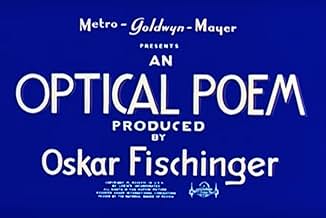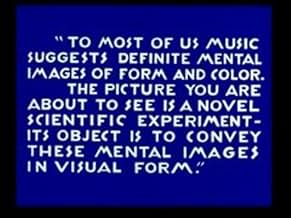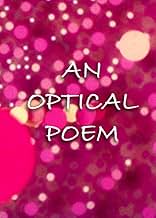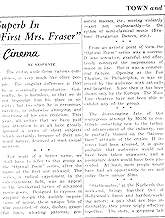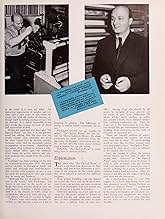The tagline for Disney's 'Fantasia (1940)' read: "Hear the pictures! See the music!" This is, in effect, what Oskar Fischinger was doing with his animation – communicating music to the deaf, giving visual life to music using colours and geometric patterns. His approach, though later imitated by Walt Disney, was largely appreciated outside the mainstream. However, 'Allegretto (1936)' and 'An Optical Poem (1937)' were both commissioned by big studios – Paramount and MGM, respectively {however, the former film was inconceivably stifled into a black-and-white release}. It was a little novel, I'll admit, to see such an abstract cartoon presented under the MGM banner, and, indeed, it seems that the studio was understandably cautious; they bizarrely introduce 'An Optical Poem' as a "scientific" experiment.
Fischinger's film uses patterns of oscillating circles, paper cutouts dangling from invisible wires, synchronised to Franz Liszt's "Hungarian Rhapsody No. 2." The animation itself resembles a journey through outer space. The orbiting circles are akin to moons orbiting planets, planets orbiting the sun, and there's an unmistakable image of a comet hurtling across the night sky. The overall effect of the space-themed visuals and accompanying classical musical is not all that dissimilar to Kubrick's use of the "Blue Danube" waltz during '2001: A Space Odyssey (1968).' Fischinger seems to be suggesting that to fully articulate such magnificent music is beyond the grasp of our earthly minds – to do so, we must utilise objects far beyond our mortal scope. Most incredibly of all, Fischinger reconstructed these great objects using little more than coloured paper and wire.

